Driving the Design of the 2016 Audi TT
Rethinking an icon has both challenges and opportunities
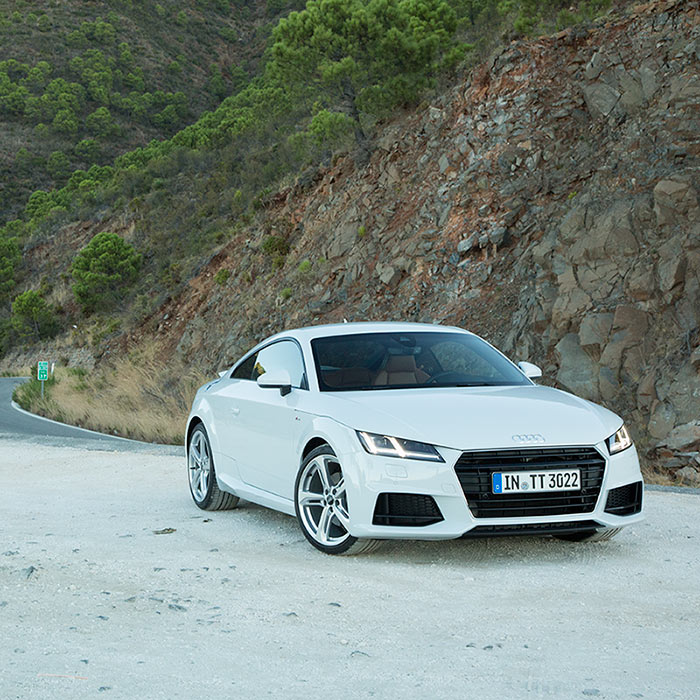
by James Willard

When the first generation Audi TT was unveiled in 1995, it was a sensation for the car-maker, its customers and the industry as a whole. Not only did the design of the car step away from the rest of the Audi line—reshaping the global perception of the brand–it changed the rules of automotive design. “This was by far the hardest job I’ve had to do, to design the third-generation TT,” Audi exterior designer Dany Garand tells CH. “We knew the icon is so important for the brand. The first TT made Audi what it is today.”
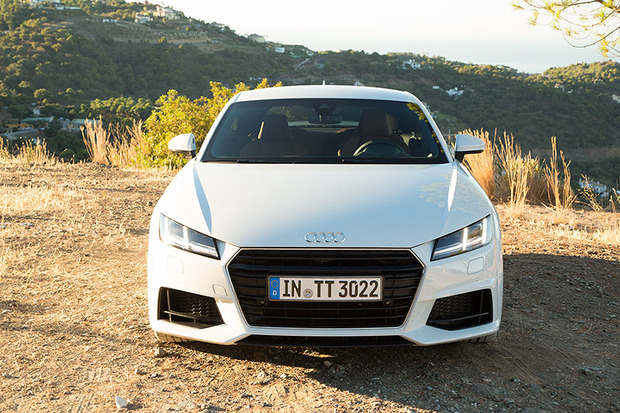
Before the TT, most cars were singular, flowing shapes—think of the fastback designs of the late 1960s for example, cohesive units marked by extraneous additions and features. The TT was anything but. Influenced heavily by Bauhaus, the designers of the first generation TT created a simple body and added no-nonsense elements to it. “The first generation TT was clearly a three-box design. You have the hood area. You have the roof area. And you have the trunk area,” Garand says. “The main body is the major mass to dress up.”
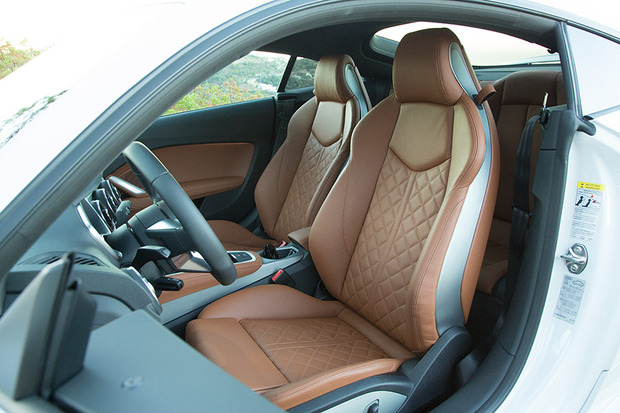
Rather than ruin an icon, the designers of the second TT pulled its features back into line with the rest of the Audi brand. If the first was the simply the TT, the second was the Audi TT, with an increased focus on driving dynamics rather than design. For the third-generation, however, the designers were faced with a new dilemma. They knew the third TT would be even sportier than the second, which would need to be reflected in the exterior. But in the pursuit of a sportier TT, there were two directions: Continue the iconic design or break away and create something new.
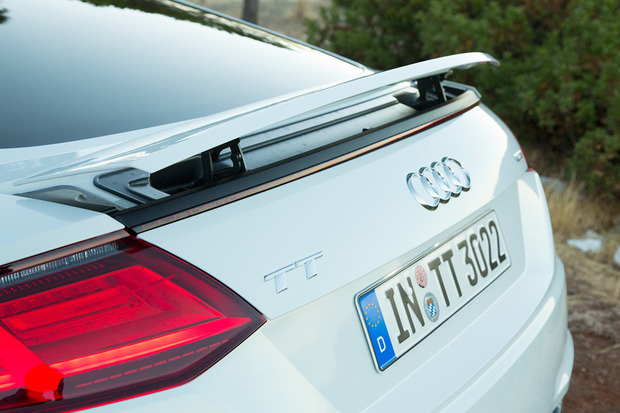
Garand says breaking away would have been “a disaster.” Instead, the team agreed that they needed “to find a way to modernize and to keep the icon living,” he explains. Since the first TT was designed in 1995, the Audi line-up has grown up. In the ‘90s, Audi only had a few models. Now, however, it has its A series of sedans, Q series of crossovers and its R line of sports cars, supercars and race cars. Garand and his team agreed that the new TT needed to belong to the R group. With their mission and clear vision, Garand and his team set to work.

They created a distinct Bauhaus body shape, but infused in it liveliness and warmth, something Garand felt was missing from the first TT. On this new, more vivacious body they included select elements inspired by the original. They intersected the hood’s shut line with the wheel arch—just like the first TT—but moved the Audi rings from the grille to the hood. The designers rounded the rear windshield like the original, but gave the car’s hindquarters much more visual power. (“As in nature—like with a horse—power comes from the rear,” Garand says.) This weight shift was significant because it broke the symmetrical side profile trend set by the first TT. Finally, the team finished off the rear of the third TT with another homage to the first: rounded tailpipes close to one another.
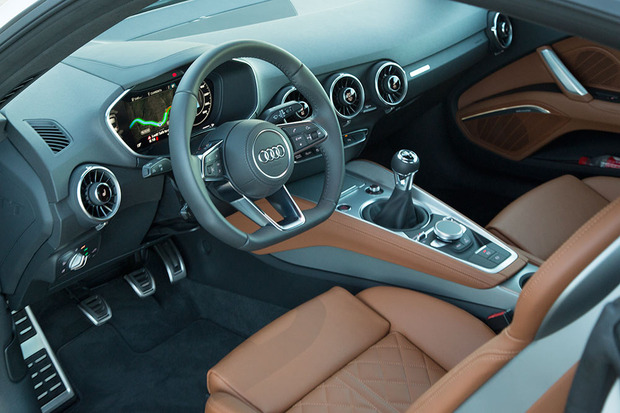
On the interior of the third TT, that same spare yet driver-focused motif is continued. Designers relocated the centralized infotainment screen in front of the driver, which Audi now calls the “virtual cockpit.” Without the visually heavy block at the center of the cabin, designers re-sculpted the dash in horizontally. When viewed from above the new TT’s dashboard resembles the wing of a plane, with its climate control vents mimicking a jet’s turbines. Climate controls, too, were redesigned and included cleverly within the knobs of the vents.

The new take on an iconic design—albeit with sportier elements—is immediately felt behind the wheel. The 2016 Audi TT will be powered by a turbocharged 2.0-liter inline four-cylinder producing 230 horsepower, backed by a six-speed dual-clutch automatic transmission. Thanks to its full-time quattro all-wheel drive, the TT will make a 0-60 sprint in 5.4 seconds. The only real complaint when driving the all-new TT is its perceived disconnection from the road itself. It feels like it’s riding on a wave of engineering and the driver isn’t responsible for the motoring feats of which the TT is capable. Rather, it’s the high-tech electro-mechanical components that compose the car that make it able to achieve such performances.
The third-generation TT (starting at $40,350) is not only quite brilliant to behold, it’s also a kick in the corners. Perhaps most importantly, however, for all its newfound talents, it’s still a TT—and it’s still an icon.
Images by James Willard












